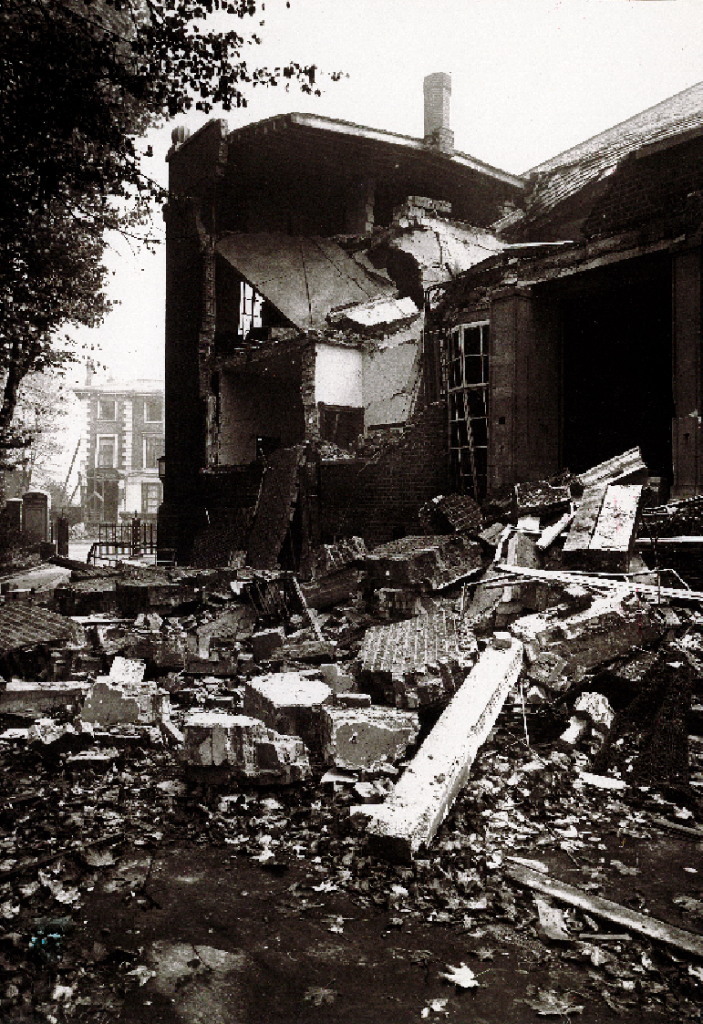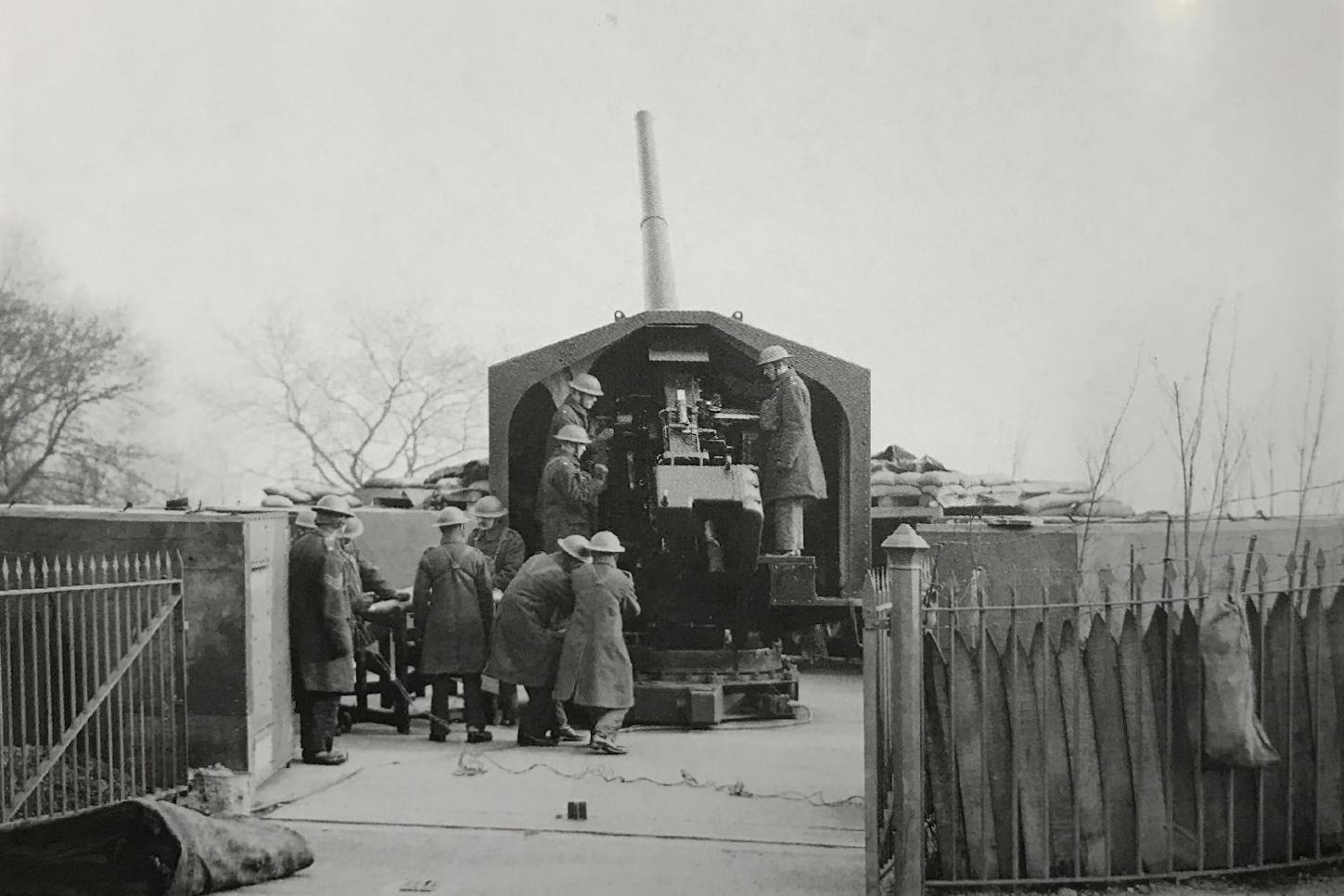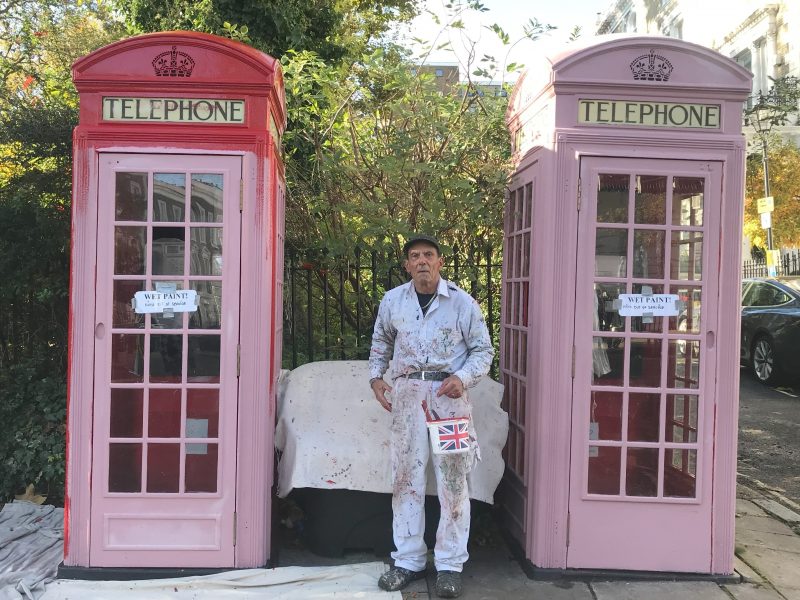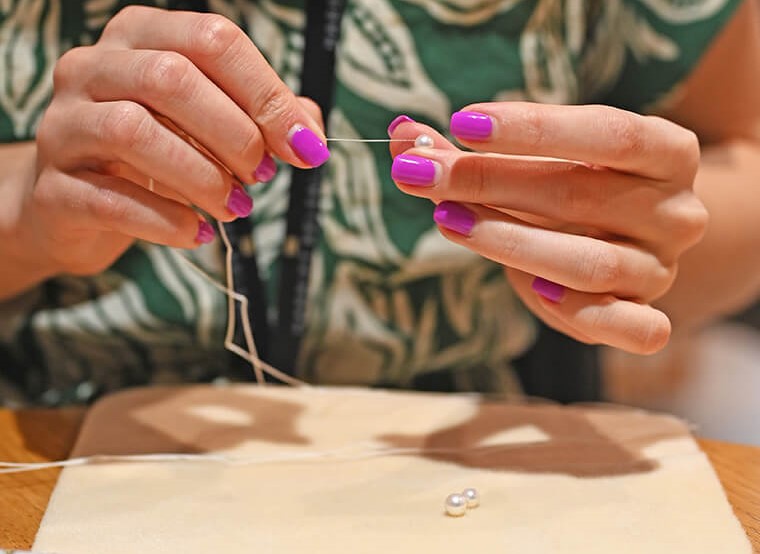By Martin Sheppard.
The area of Regent’s Park, Hampstead Heath and Primrose Hill was initially not a prime German bombing target, due to its situation north of the heart of London and there being little or no heavy industry here. Nevertheless, those living in Primrose Hill and the Eton Estate, between Chalk Farm and Swiss Cottage, shared many of the experiences of other Londoners during the Second World War. At least 65 people were killed by bombs or V1s in the area. Many more were injured and many houses damaged.

Even before the outbreak of war, its imminent threat brought changes. At the time of the Munich Crisis of September 1938, the grove of trees on top of Primrose Hill was cut down to make way for anti-aircraft guns. Slit trenches to provide air-raid shelters were dug at the foot of the hill, and 350,000 gas masks were issued to the citizens of Hampstead and St Pancras. Later many other shelters were added, notably the Anderson shelters dug into gardens.
When war came, the Ministry of Education set about the huge operation of evacuating 600,000 children from London, including from Primrose Hill, between 1 and 4 September 1939. They were joined by many adults and organisations, leading to a dramatic drop in the local population. When little or no German bombing took place in the early months of the war, as many as half the children returned.
The Blitz
The Phoney War ended in June 1940 with the Fall of France. This left Hitler with no other enemies in Western Europe than the British, so airfields along the French and Belgian coast were made available to the Luftwaffe. In September 1940, London was attacked by surges of German bombers by day and night, accompanied by even larger numbers of fighters aiming to shoot down the RAF planes and positions defending the capital. But the Germans suffered such heavy losses in the Battle of Britain that they failed to achieve air superiority, a necessary prelude to invasion. This forced them to turn to bombing by night from mid-October 1940, the start of 57 consecutive nights of London being bombed.
In this early stage of blanket bombing, Primrose Hill suffered considerable damage. St Mark’s Church was hit twice in late September 1940, leaving it a shell, and Cecil Sharp House was badly damaged. Pickford’s Stables, previous occupier of the site of Waterside Place, was destroyed, with its horses let loose on the streets. A woman was killed at 23 Princess Road, and four other people in Egbert Place, between Chalcot Road and what is now Auden Place. A married couple died at 14 Gloucester Avenue in one of the villas later replaced by Darwin Court. Following a bomb on the Zoo, a Grevy’s zebra escaped along the Outer Circle.

On the Eton Estate on 13 September 1940, eleven people were killed by high explosive in a single house, 175 Adelaide Road, near the Marriott. The largest number of deaths in any one incident in Hampstead, however, came in Fellows Road. A parachute mine destroyed a row of villas on the north side of the road on 17 April 1941, killing 27 people. Hancock Nunn House now stands on the site of this tragedy.
Meanwhile there were changes on the Hill. An anti-aircraft battery was established on top of Primrose Hill early in the war, with four 4.5” single-barrelled guns. These were later replaced by four double-barrelled 5.25” guns in 1943. How effective the guns were is questionable. It has been calculated that it took 11,000 anti-aircraft rounds to bring down one German plane in September 1940. Nevertheless in October 1940, possibly hit by one of Primrose Hill’s guns, a Junkers 88 crashed on the Hill, much of which was by then used for allotments.
St Mark’s Church was hit twice in late September 1940
Although it was not part of government plans to include Underground stations as bomb shelters, public pressure forced a change of policy. Both Chalk Farm and Swiss Cottage stations were used, particularly at the height of the Blitz. Swiss Cottage even had its own newsletter, the Swiss Cottager, with its motto ‘De profundis’.
German bombing eased off in May 1941, when Hitler changed his focus first to Yugoslavia and then to Russia. No more than sporadic bombing affected London over the following two and a half years. In the first half of 1944, German attacks began again in what was called the Baby Blitz; but better air defences and much-improved radar saw these off, causing heavy German losses.
1944 Onwards
Serious numbers of casualties began again later in 1944, from the German flying bomb campaign. Thirteen V1s fell on Regent’s Park, destroying St Katharine’s Lodge opposite the Danish church, and Holford House opposite the running track. One fell on the Zoo near St Mark’s, but did little damage. At 5 am on 25 November 1944, however, a V1 landed on 63 King Henry’s Road, killing eleven people, including one of Primrose Hill’s local doctors, Norman Joynt. The extensive blast damage led to the demolition of many houses in King Henry’s and Oppidans Road. After the war the site was compulsorily purchased by the London County Council (LCC) and became a large block of flats, Primrose Hill Court, opened in 1951. As a finale to the war, at 11.40 am on 21 March 1945, the only V2 to fall in the area struck the tea rooms on Primrose Hill, near the reservoir. Although it made an impressive hole, it killed no one.
The only V2 to fall in the area struck the tea rooms on Primrose Hill
The sites that were hit by bombs are clearly marked on the remarkable LCC Bombing Maps, covering the whole of inner London. They show the level of destruction, graded from black to yellow; and also where bombing led to replacement by new buildings. But what is evident is that most new post-war building around Primrose Hill was not the result of German bombs: the Eton Estate’s redevelopment plans of the 1960s led to far more extensive demolition of houses that had survived the war.
Overall, Primrose Hill was rather luckier in the war than much of central and south London. London itself was, in turn, more fortunate than Berlin, Dresden, Hamburg, Tokyo or Hiroshima. Finally, there were far fewer British military casualties in the Second World War than in the First.
Main image courtesy of Imperial War Museum.



